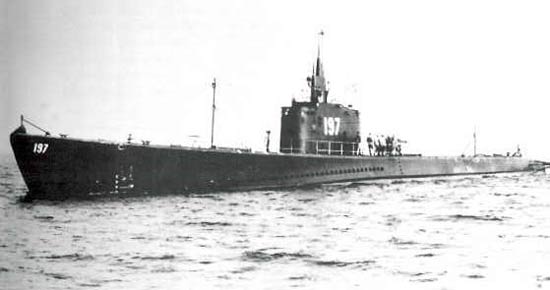

The W class were intended as a high-end boat that would far outclass the Soviet navy’s best (in a similar vein to the US Navy’s Seawolf class) and cost constraints were not a major factor. By 1989 approval had been given for detailed design work to start on the new class which were now referred to as ‘SSN20’ and would have had names starting with ‘W’ (following the ‘V’ used by the Vanguard class). In 1980, the project was suspended as the design teams needed to focus on the Vanguard class SSBNs but in 1984 work resumed on what was now called the follow-on SSN (FOSSN). In the late 1970s planners began to consider what would replace the Swiftsure class and began concept development for ‘SSN0Z’.

These were followed by the 7 Trafalgar class boats, arguably one of the best Cold War SSN designs, delivered to the fleet through the 1980s on time and with an average construction time of about 50 months. Propelled by a regular drumbeat of construction and development, by the early 1980s it had built the Dreadnought, Valiant, Churchill and Swiftsure classes. In the late 1960s the RN had decided that it would invest heavily in nuclear attack submarines with a force goal of 20 boats, seen as the new capital ships of the day and the most effective weapons to counter Soviet maritime threat.
SEAWOLF CLASS SUBMARINE FISH SERIES
In the first of a series of articles focussing on the Astute class SSNs, we look at the programme’s history and how decisions made decades ago continue to impact today’s fleet.


 0 kommentar(er)
0 kommentar(er)
